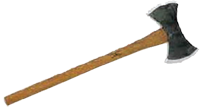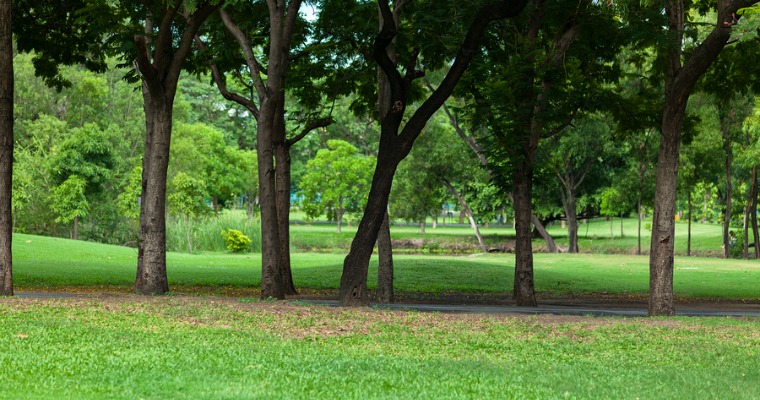It’s downright frustrating when you spend hundreds of dollars on grass seed and other equipment, only to discover that it won’t grow in your yard.
But without grass, your yard will look like a barren, desolate stretch of landscape with no sense of aesthetics. If this sounds like a familiar scenario, keep reading for some helpful tips on how to get new grass to grow.
Trim Your Trees
In many cases grass doesn’t grow because it doesn’t get enough sunlight. If this is the case in your yard, it may be time to hire a professional tree care company to come in and prune your trees.
This will allow more sunlight to get through the foliage and help foster the growth of your grass.
Choose The Right Grass
The first step in getting new grass to grow is to choose the right variety. With more than 10,000 different types of grass in existence, you must choose the variety that’s best suited for your yard.
When choosing grass seed or sod, consider the time of year, regional climate, and how much sun your yard receives throughout the day.
Most local plant nurseries should offer several different grass varieties that are suitable for your area.
Another option is to use sod, although sod costs significantly more than grass seed.
Clear Out Weeds and Brush
Go through your yard and pull any weeds or other unwanted brush that you come across. Even small weeds will sap valuable nutrients from the soil, making it even harder to grow grass.
Weeds are easily eliminated with good old fashioned vinegar. Fill up a spray bottle with distilled white vinegar (the strongest variety you can find) and spray any weeds you come across.
Due to the its highly acidic properties, vinegar makes an excellent all-natural weed killer, and unlike many other products, it won’t poison your soil.
Till Your Soil
While not required in all circumstances, tilling your soil will help your grass grow more easily. This can be done with a tiller, push plow, or even a basic shovel, all of which are sold at most home improvement stores.
Note: Be careful when tilling around and under trees. You don’t want to get too close to the tree or till too deeply because you can damage the tree’s root structure.
Spread Fertilizer and Seeds
Now comes the fun part: laying out fertilizer and seed. To really boost the growth of your grass, it’s recommended that you spread a mixture of fertilizer and seed.
Assuming you already tilled the soil, the seeds will settle down into the landscape where they take root and begin to grow. Fertilizer isn’t necessary in all cases, but it will certainly increase the speed at which your grass grows.
Sod Your Yard
As mentioned earlier, another option that will give you a more finished look more quickly is to sod your yard.
There are several varieties of grass that grow well here in Central Texas. Bermuda tends to do well in sun or with some shade while St. Augustine really needs full sun most of the day to thrive.
Water It
Last but not least, keep an eye on the weather in the days to come to ensure your grass seeds or sod are receiving adequate water.
If your area is under a dry spell, which we are in just about every summer here, use a water sprinkler to provide water to your new grass. As long as they receive sunlight and moisture, your grass will eventually grow into a lush green lawn.
The Woodsman Company offers tree planting, tree pruning and shrub trimming, tree removal and stump grinding as well as a tree wellness program.
If we can help with any of your tree care needs give us a call at 512-846-2535 or 512-940-0799 or


It can seem like a lot of work to get grass to grow in your yard, but if you are consistent with your work you will see a lot of growth, It takes a lot of patience. Thanks for sharing!
I just moved into my first house, and having a garden has been a lot of fun so far! I want to make sure my garden stays in good shape and keeps growing plants effectively, though. I really like your tip about spreading fertilizer. I haven’t done that yet. Do you have any tips for choosing a good fertilizer?
My husband and I have always had a goal to have quality lawn, so I really appreciate these tips on how to do so. I like how you point out that choosing the right grass in the first place is one of the most important factors. I’ll have to talk to some professionals and see what they think the best type would be for me and the climate I live in.
Thanks for the great tips for taking care of new grass. We’re hoping to put some seed down soon, and I really want it to grow healthy. I had no idea that there were more than 10,000 varieties to choose from, so that’s probably what we need to decide first!